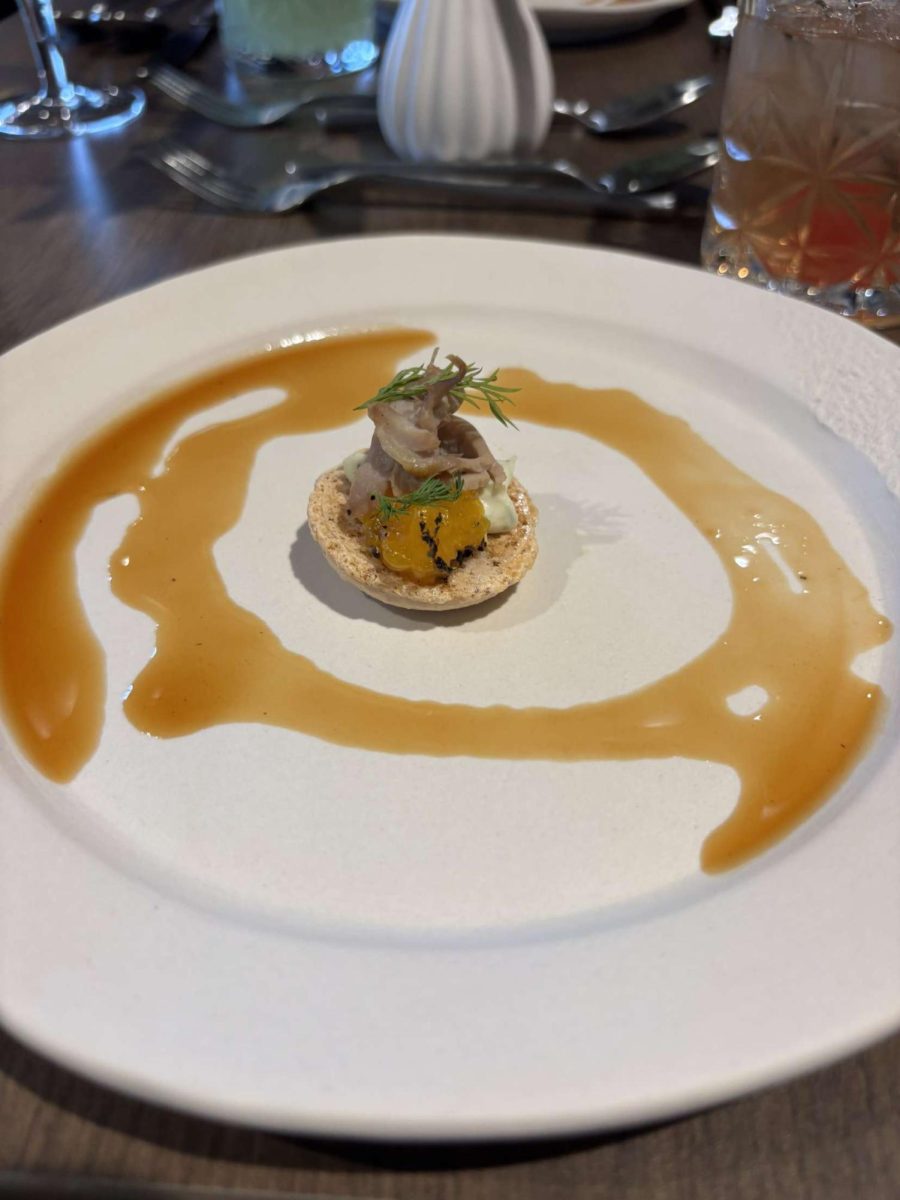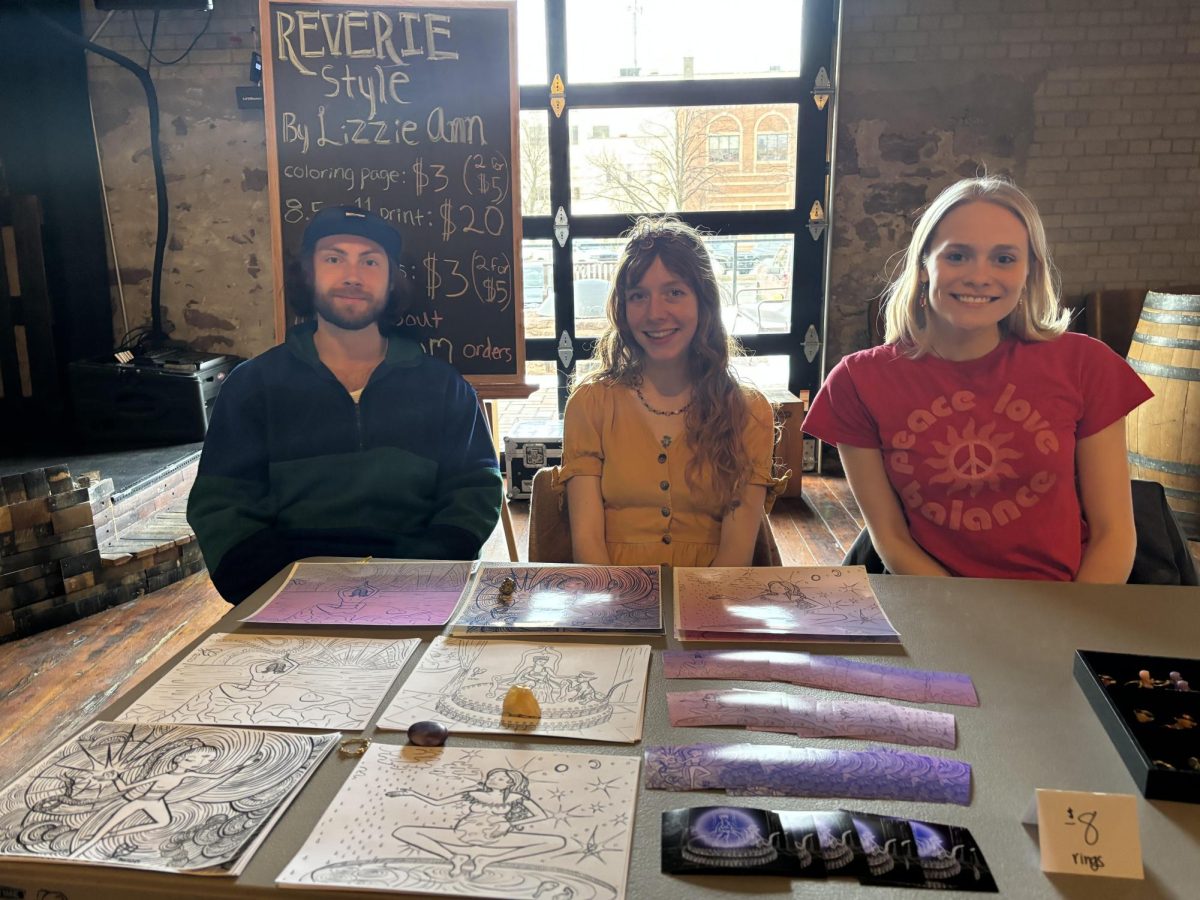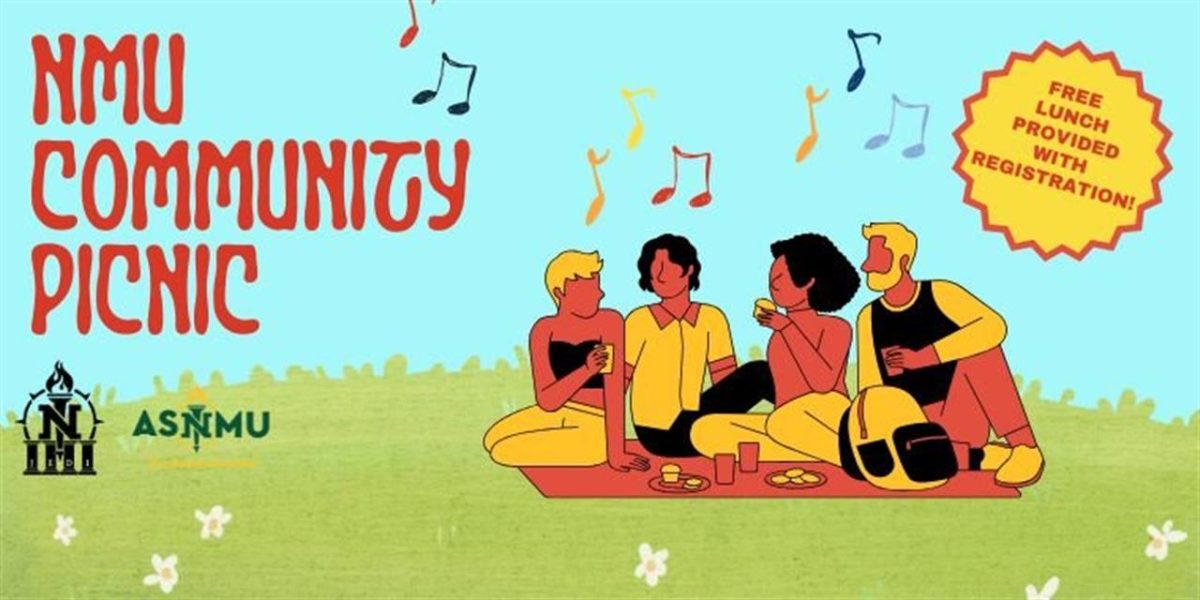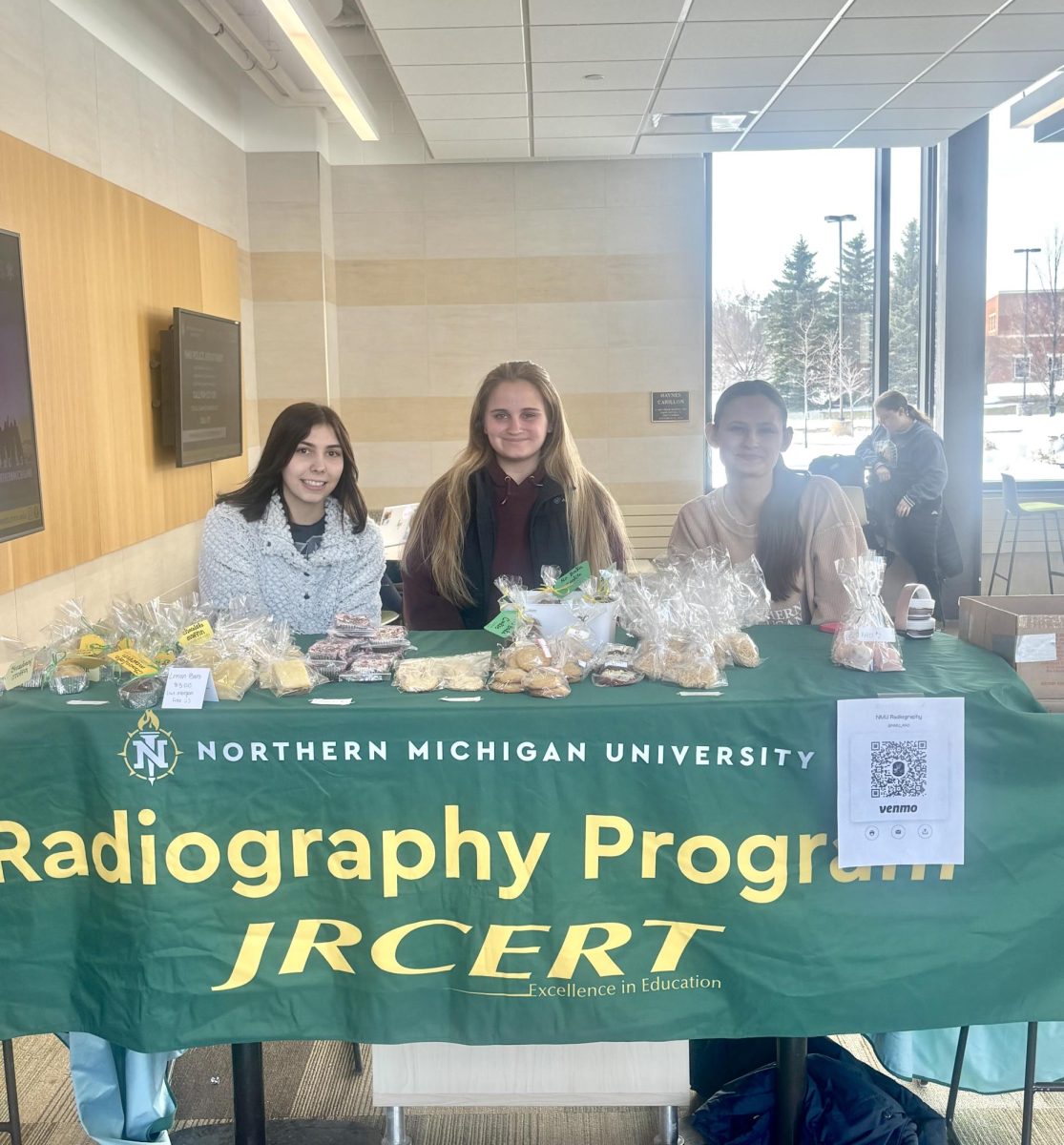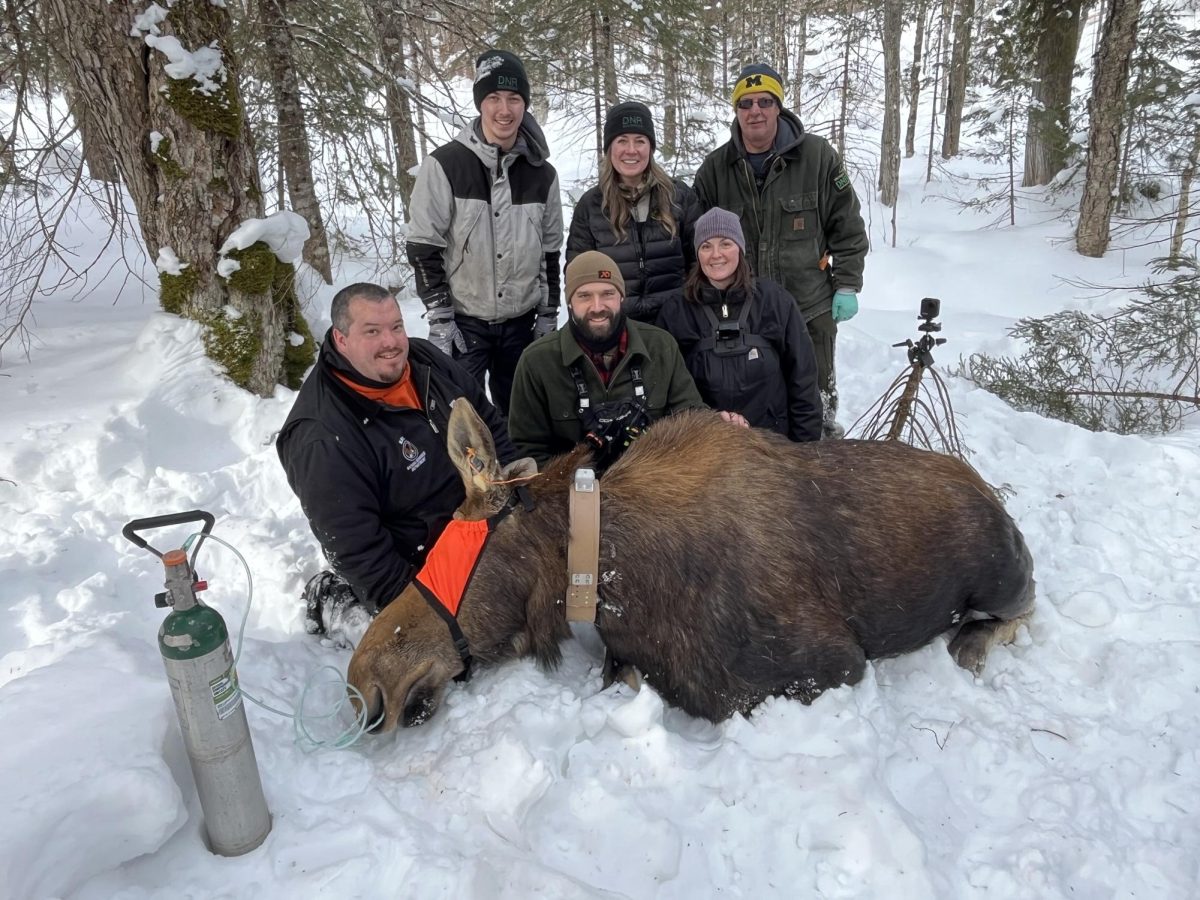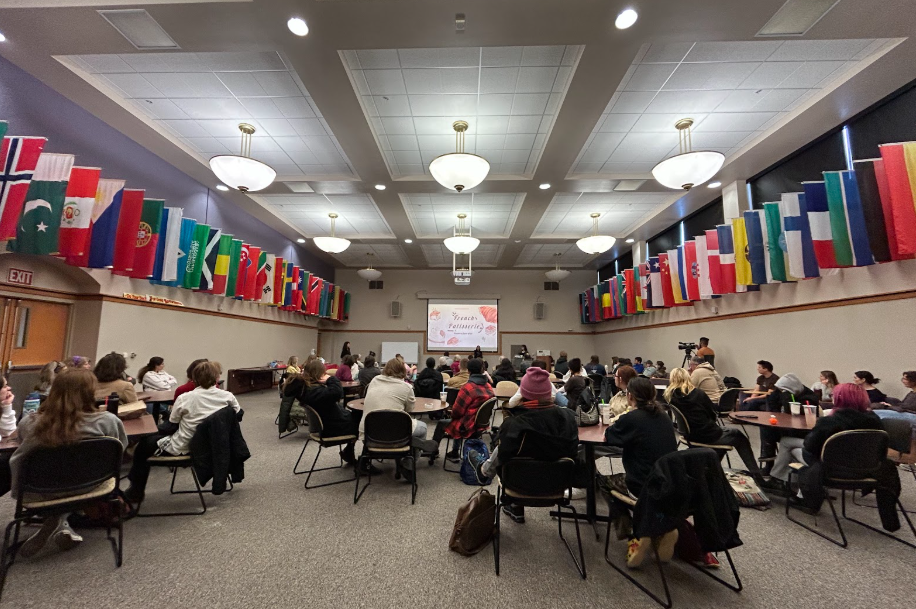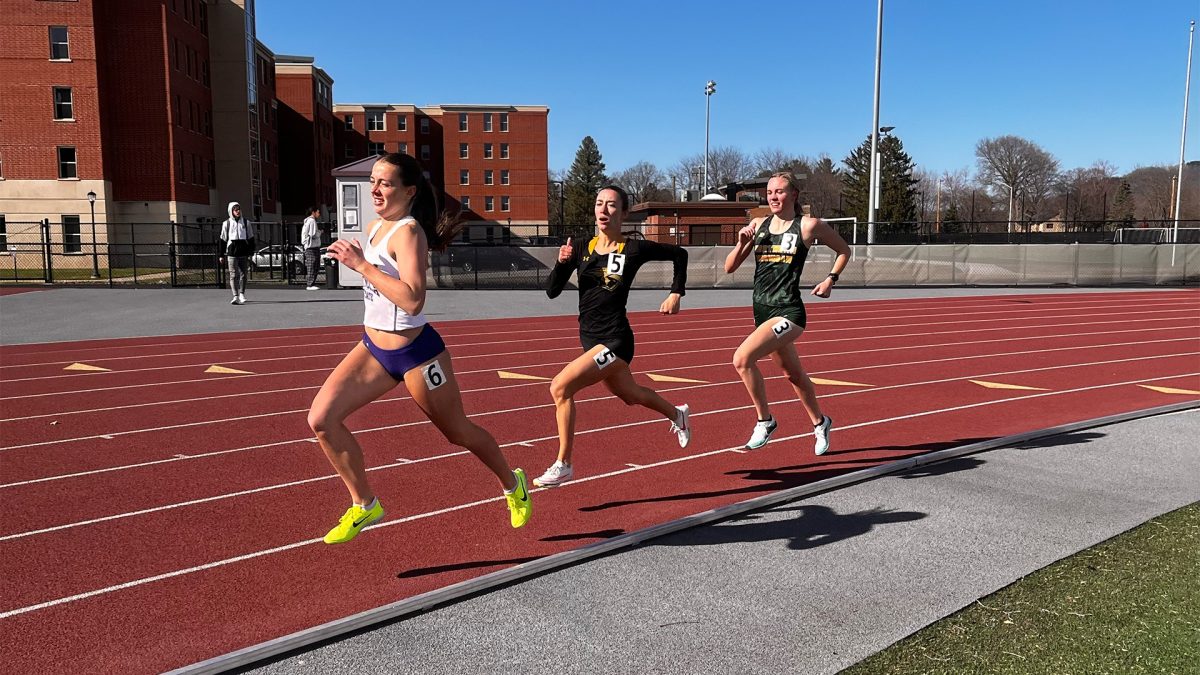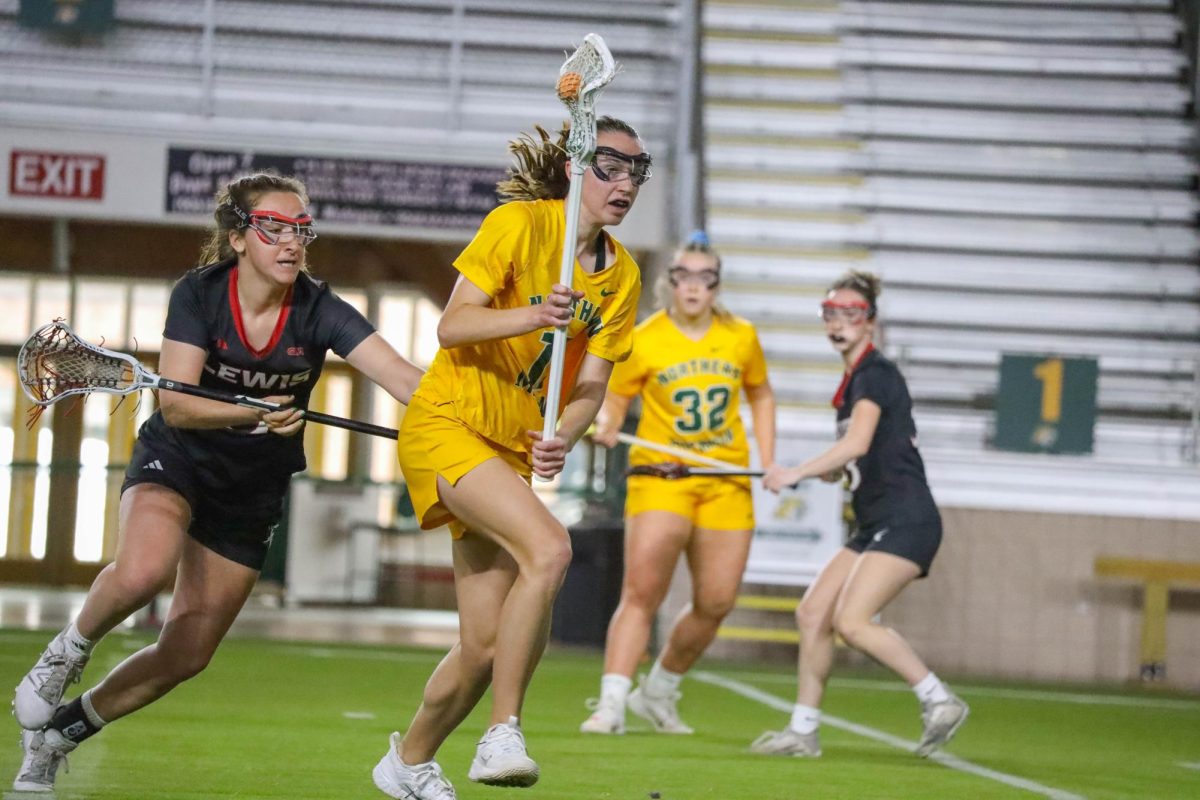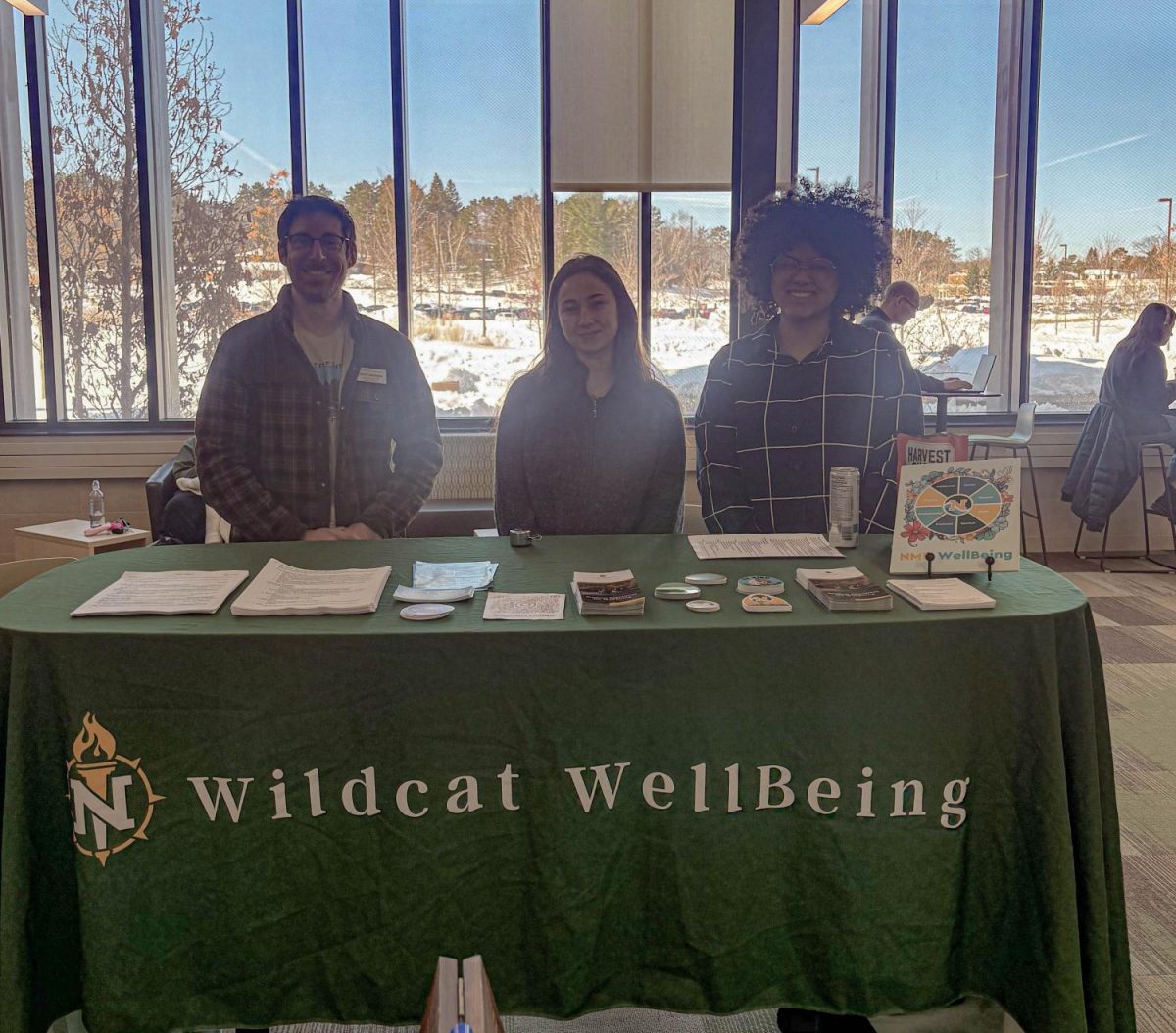The results of the ASNMU elections will be announced soon. As new representatives take charge, their predecessors will step down into the ranks of history. NMU’s student government has a long and storied past.
When the North Wind first rolled off the presses on Sept. 14, 1972, ASNMU made the front page with a headline in bold capital letters: FACTS ON THE FIVE $ $ $ FEE FUSS. The story documented the increase of the student activity fee from fifty cents to five dollars, a change that was made at the recommendation of the student government. With fifty cents per person, ASNMU was operating on a budget of $3,000 per year. Increasing the student activity fee expanded their budget to $33,000 per year, allowing ASNMU to fund more activities for other campus organizations. The change was controversial, but it persists to this day.
ASNMU is no stranger to change. Jason Morgan is a commissioner in Washtenaw County, Michigan. He attended NMU from 2007 to 2011 and majored in political science. Morgan served as student body president in 2009 and says his greatest accomplishment was helping shape ASNMU into the advocacy organization it is today.
“We did that by not being afraid of speaking out strongly on issues that were troubling students,” Morgan said. “Speaking out on their behalf as well as communicating with them and telling them what’s going on on campus, and working collaboratively with everyone across campus.”
Indigenous Peoples’ Day is a recent example of the changes taking place on campus. Current ASNMU President Emma Drever says it was cool to see the day receive board recognition, because it was something that had been in the works since she was a freshman. Drever, a graduating senior, has enjoyed her time as student body president, and hopes that students will continue to be agents of change.
“Keep being active and keep using your voice for better,” Drever said.
As president, Drever saw a need for mental health resources on campus. She collaborated with people around campus to make updates to the university’s counselling website and improve the marketing for mental health resources.
“Most recently, mental health advocacy efforts were reflected in the wellness day proposal that I authored and then ASNMU passed,” Drever said. “It was a co-authoring effort.”
Morgan and Drever may have supported student interests, but the same might not be said about some earlier administrations. In an opinion piece published in the North Wind in the 1970s, a student named Curt Ayres claimed that ASNMU had designated $1,000 of their budget to pay for their own phone calls. He suspected that elected officials were making personal calls to their parents, boyfriends and girlfriends on the student body’s dime.
“We can only speculate on who is on the receiving end of these expensive voices,” Ayres wrote. “But it is safe to say that at least a large minority of their calls have nothing to do with benefitting the student body.”
Whether or not the student government of decades past was misspending their money is impossible to say with certainty. However, if future ASNMU representatives wish to avoid such controversies, Morgan has some advice.
“Your job, first and foremost, is to represent students and the concerns that they have on campus,” Morgan said.
Morgan says ASNMU representatives should work together to promote student interests. He cautions the new elects to avoid internal politics. Instead, Morgan encourages teamwork and communication. Drever shares some of the same sentiments.
“I think just in leadership in general it’s really important to have an open mind and be able to work with others,” Drever said. “I know I’ve been able to develop my leadership skills through this position, as well as through other involvement on campus, and we get the most work done when we work together.”
To learn more about ASNMU, visit their website.










